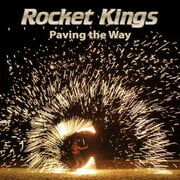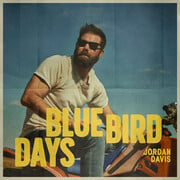New York, NY (Top40 Charts) The importance of jazz music in general and its timeless heritage cannot be underestimated as it shows up in diverse music styles like progressive rock, electronic dance music, and even heavier rock styles that seek diversity and creative freedom. At the same time, one must remember that jazz music is also a cultural mixture of different styles and attitudes, which reflects the legacy of the African continent and timings that have been virtually unknown in the West. All of it makes teaching jazz history a fascinating experience since one may use an interdisciplinary approach and explore through different lenses and methodologies.
Teaching Jazz History and its Influence on Contemporary Music
- Social Aspects of Jazz Music
Just like with every style of music, one should focus on the socio-cultural aspects and history of the style. It will help show how it originated, study every key figure, and determine the challenges that have influenced the style. It can be done via analytical and reflective writing tasks. If writing is problematic due to the complexity of research, sharing your write my research paper for me message should do the trick and help you to overcome writing or editing problems as you research.
- Use of Jazz in Contemporary Music
Another method to teach jazz history is to show how the roots of jazz are used in diverse modern styles. The most apparent example is hip-hop and R&B styles, where the influence of jazz can be easily traced even by those people who are not avid listeners. The same is true for rock music, where jazz has greatly influenced progressive and classic rock styles. One can also explore Latin music styles to trace the connection to jazz and notice the classic "sway" structures.
- Group Projects and Jazz Composition
If you do not mind getting creative as a teacher, think about jazz competitions or the creation of a jazz lab where you can listen and try to compose something with a group of students. Since one can use MIDI keyboards and free software, one can explore compositions that will implement anything from beatboxing to piano-based compositions. With the abundance of free jazz music scores online, it's easy to learn the style and see how the melodies can be formed and how different modes differ from what most of us are used to. Working with a group of students as you teach jazz history and composition, you can ensure that everyone is involved and no learner is left behind in a state of boredom.
- Learning Different Types of Jazz.
If you have heard about Dixie Jazz or Dixieland jazz styles in the past, you will already know how varied and challenging this type of music can be. The best way to explain the history of jazz is to focus on all the diversity and take notes of the key differences and origins. Likewise, listening to Miles Davis, one can explain jazz fusion, while Benny Goodman would be the best example to let your students fully appreciate swing jazz. It is the case when talking does no good, as listening to music helps one learn more efficiently.
Discipline in Jazz Music is Essential
While not many listeners may realize it, jazz music is all about strict rules and the use of an army-like discipline where the culture of mutual respect and careful listening always stands first. Although many jazz musicians tend to jam with each other, it always goes much deeper than that as they follow the scales, timings, and many other aspects of composition before they join. Listening to a particular jazz example, teachers can show how even the slightest change can be crucial for the entire jazz band or how the rules are applied in terms of variations. It will help to learn how to feel jazz music and appreciate all of its complexity.
BIO Elaine Bailey loves listening to jazz music and exploring how listening can help one become a better learner. As an educator, Elaine loves to write and share inspiring ideas. Follow Elaine to take your learning to another level and learn how to appreciate music.
| 























